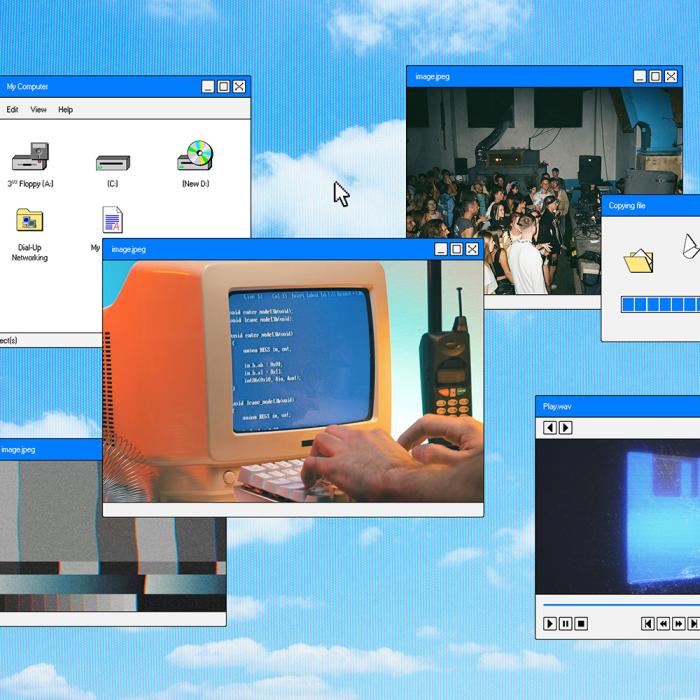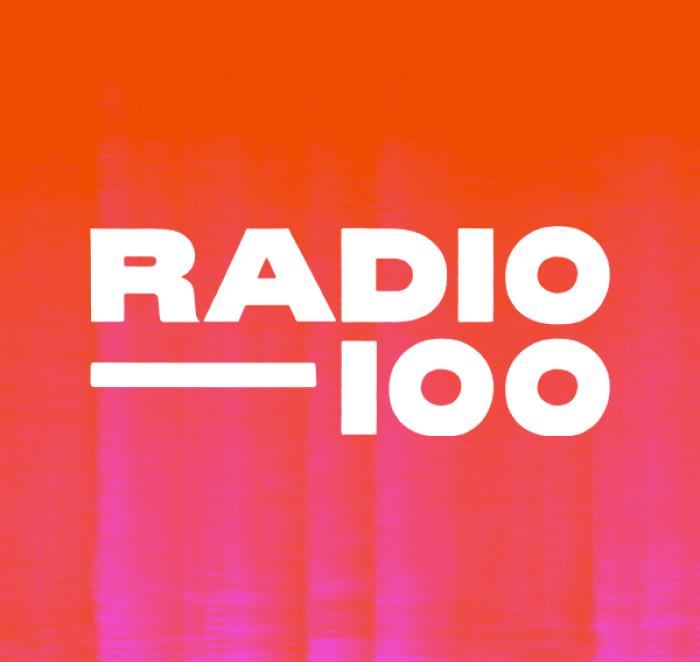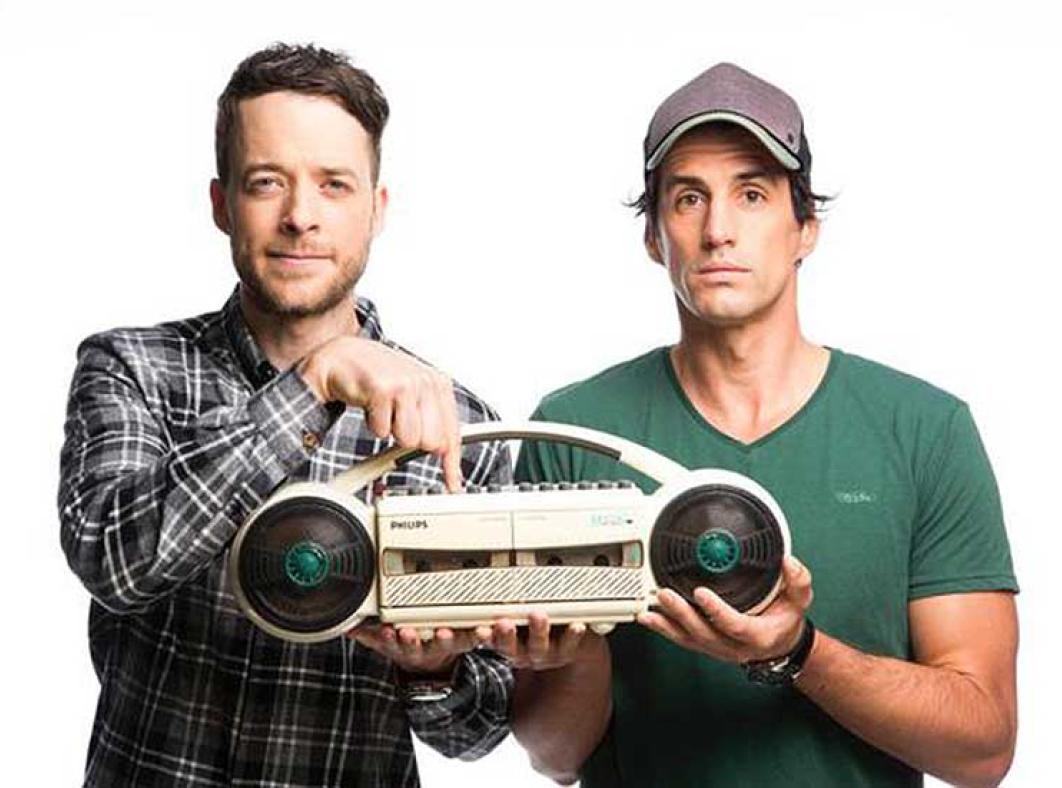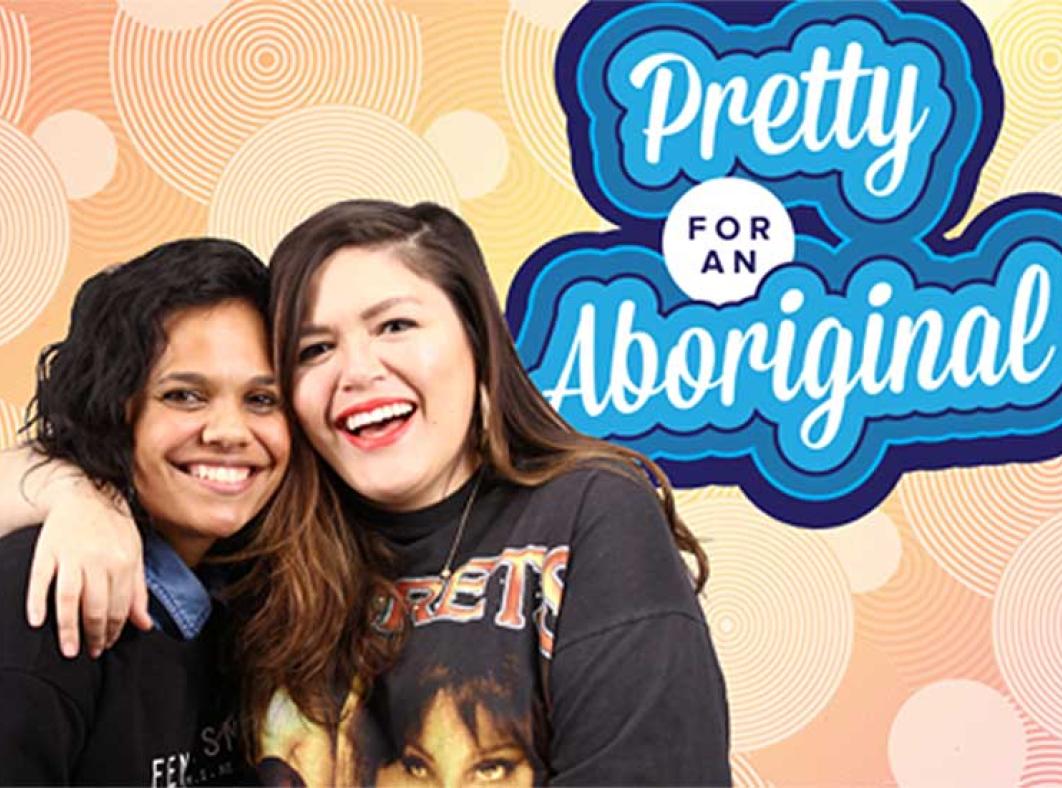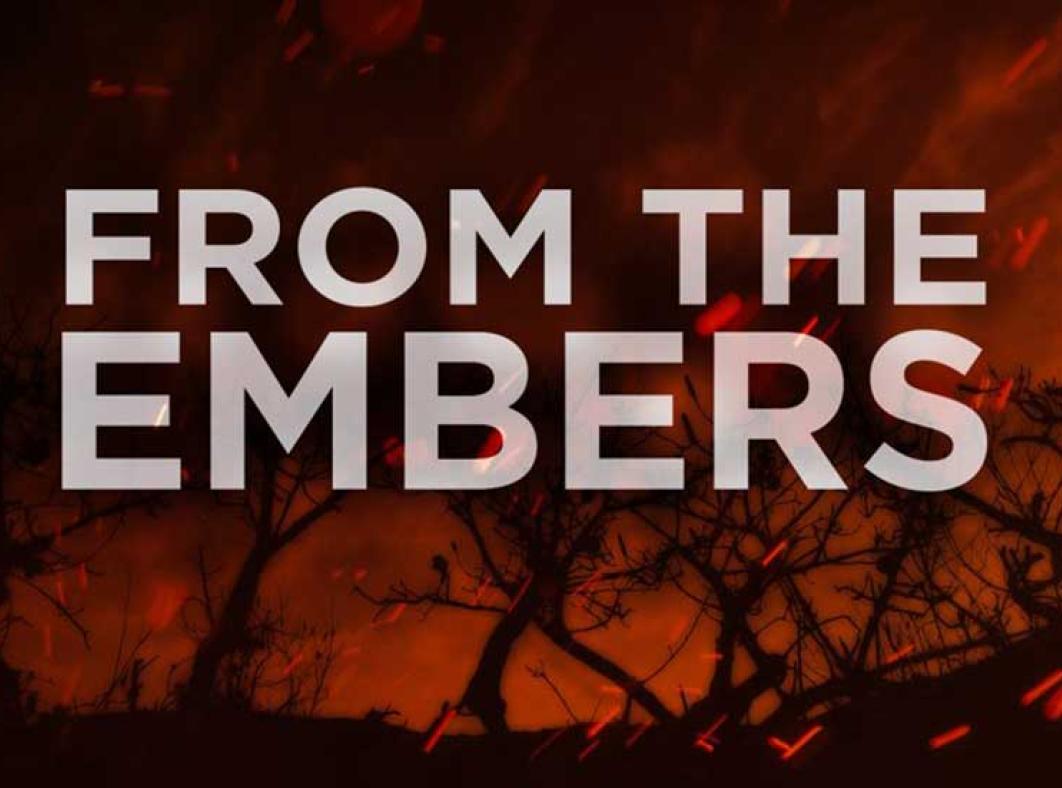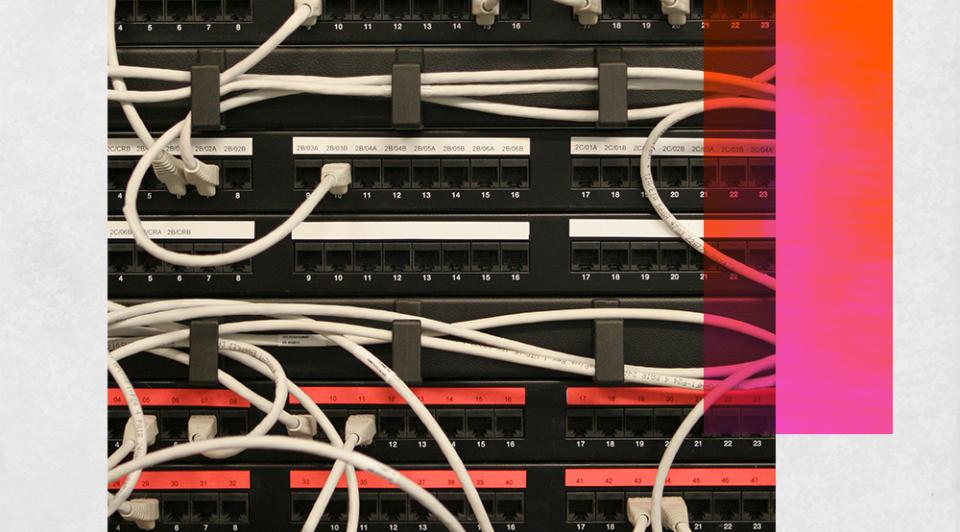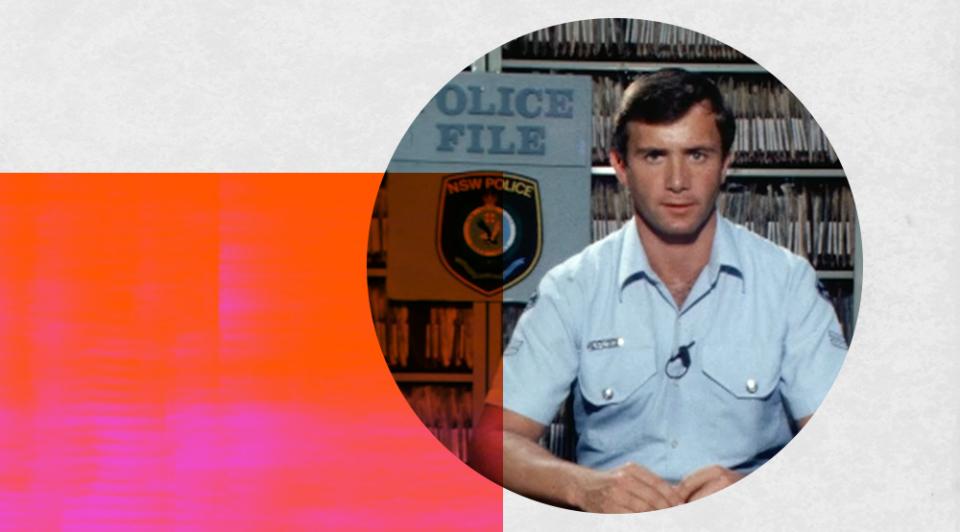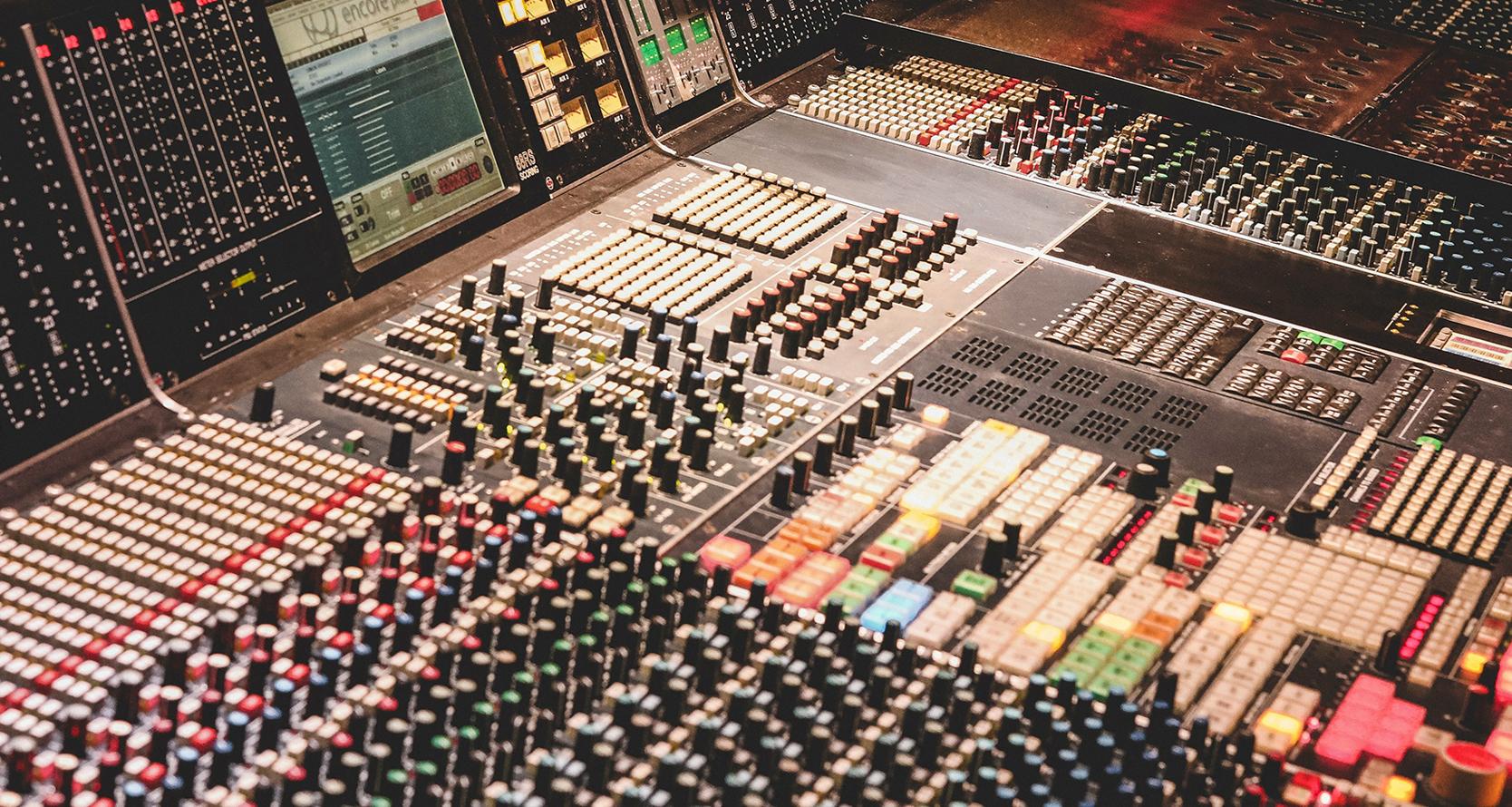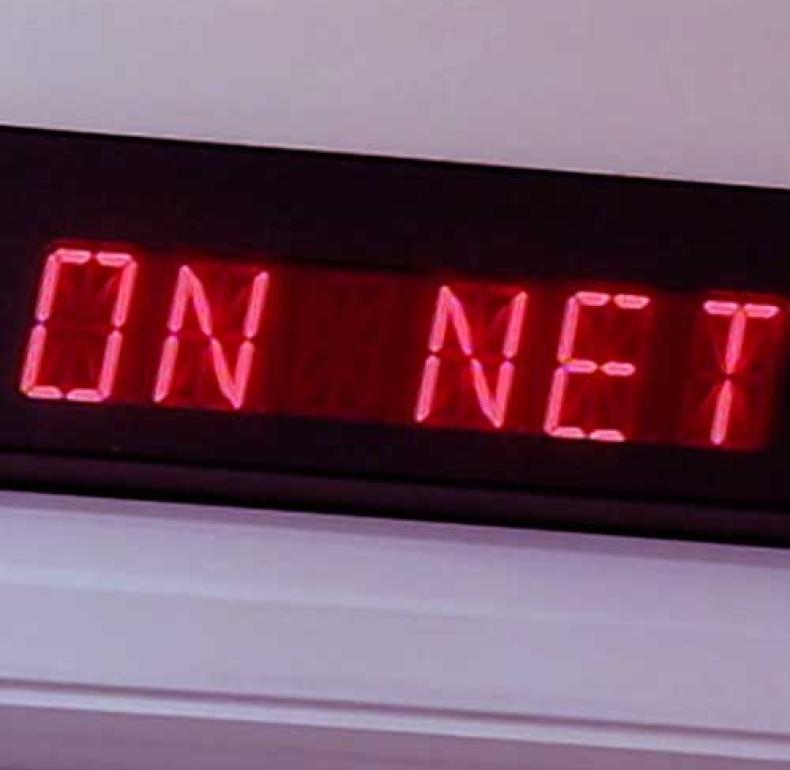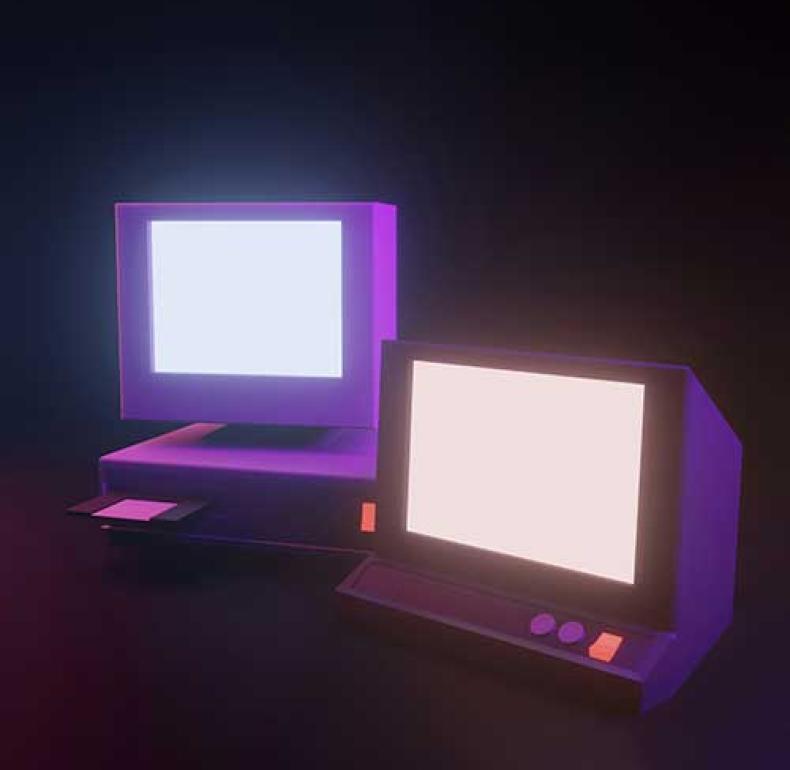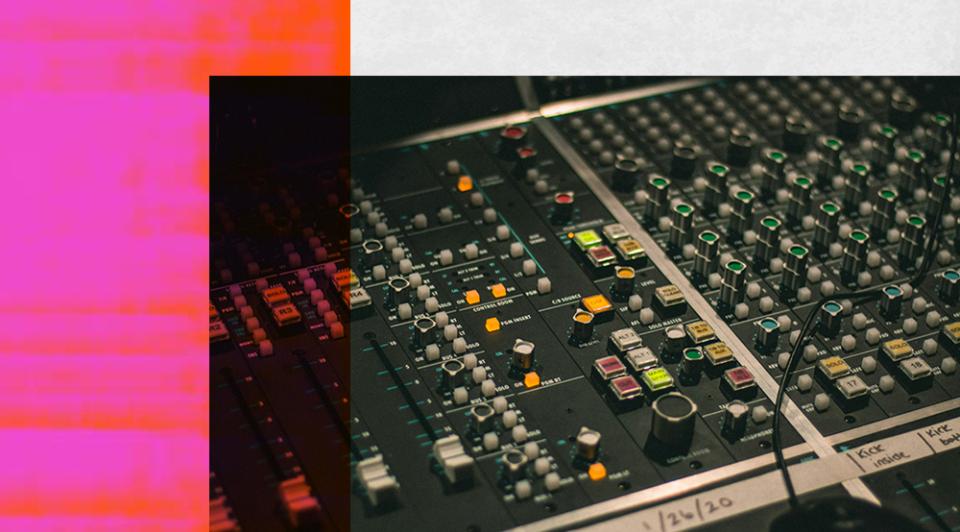
Warning: this page contains names, images or voices of deceased Aboriginal and Torres Strait Islander people.
Ctrl + play: the podcasting revolution – and radio's response
Radio adapts, switching from a live experience to one you can access anywhere, anytime – all thanks to the internet, smartphone apps and the new audio kid on the block: podcasting.
Read Ctrl + Play: The Podcasting Revolution – and Radio's Response
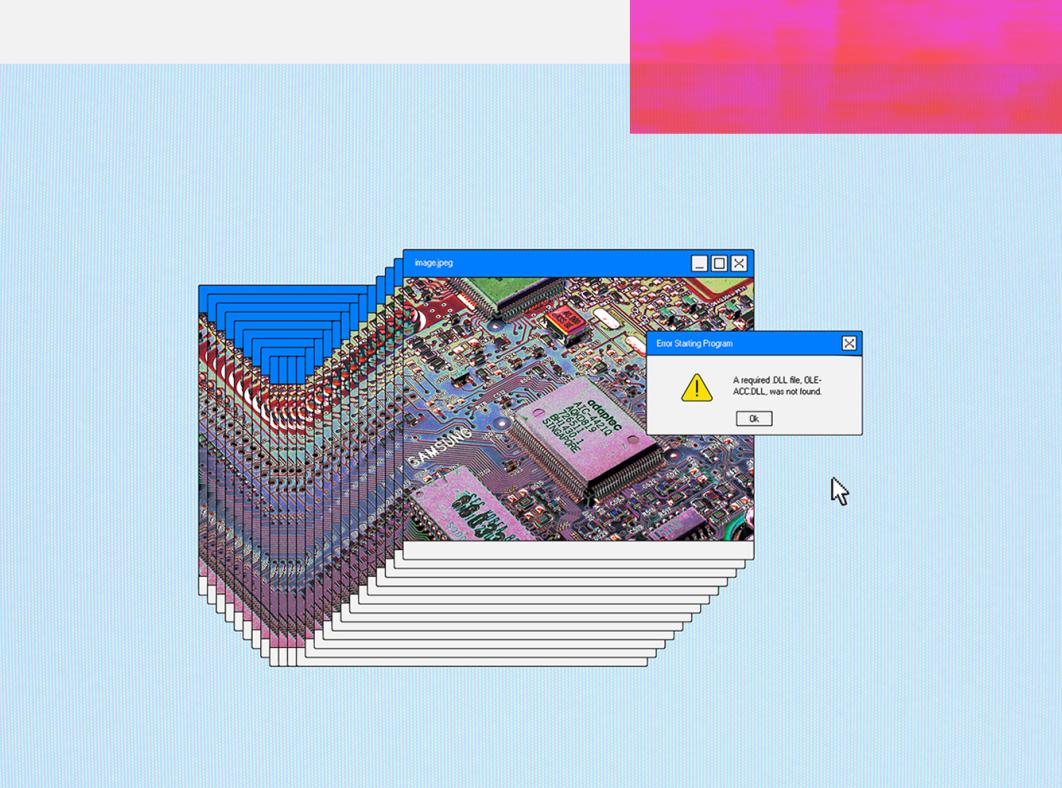
Let's Get Digital posters and ephemera
The design aesthetic of early digital reflected the period’s dynamic push-and-pull of tech and culture. It was bold, experimental – and occasionally chaotic. New tools (Photoshop 1.0, primitive gifs) and music (grunge, techno, Britpop) gave designers unparalleled expressive possibilities, leading to fractal futurism, kaleidoscopic palettes and early 3D typography. This wasn’t a cohesive stylistic movement but a bracing show of divergence. Radio, naturally, adapted, with posters and merch spanning deliberate DIY to cacophonic colour. Here’s a visual diary of Let’s Get Digital.
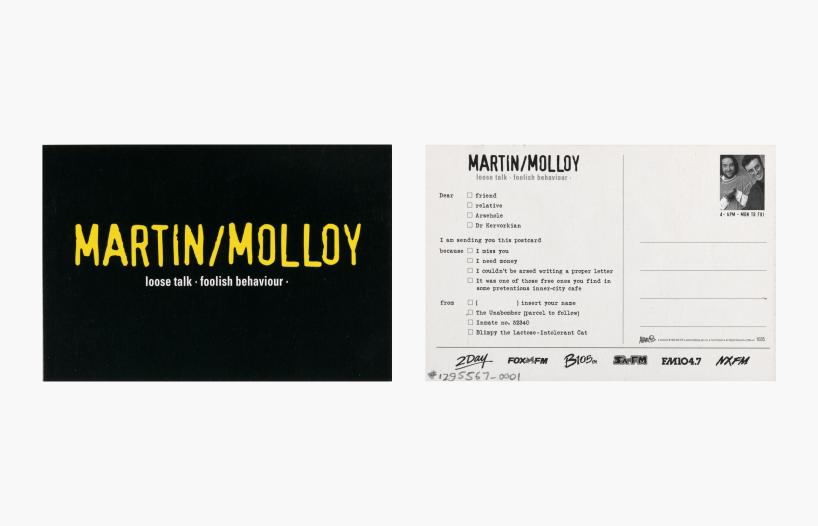
Tony Martin and Mick Molloy were one of Australia’s most successful radio duos of the 1990s. The show Martin/Molloy was broadcast nationally on 54 stations on weekday evenings. Martin and Molloy also had great success releasing three charting comedy albums during the run of the show from 1995 to 1998, and both have continued to have successful careers after their radio show ceased. This postcard perfectly demonstrates the duo's combination of satire, irreverence and toilet humour which proved an irresistible mix for evening radio.
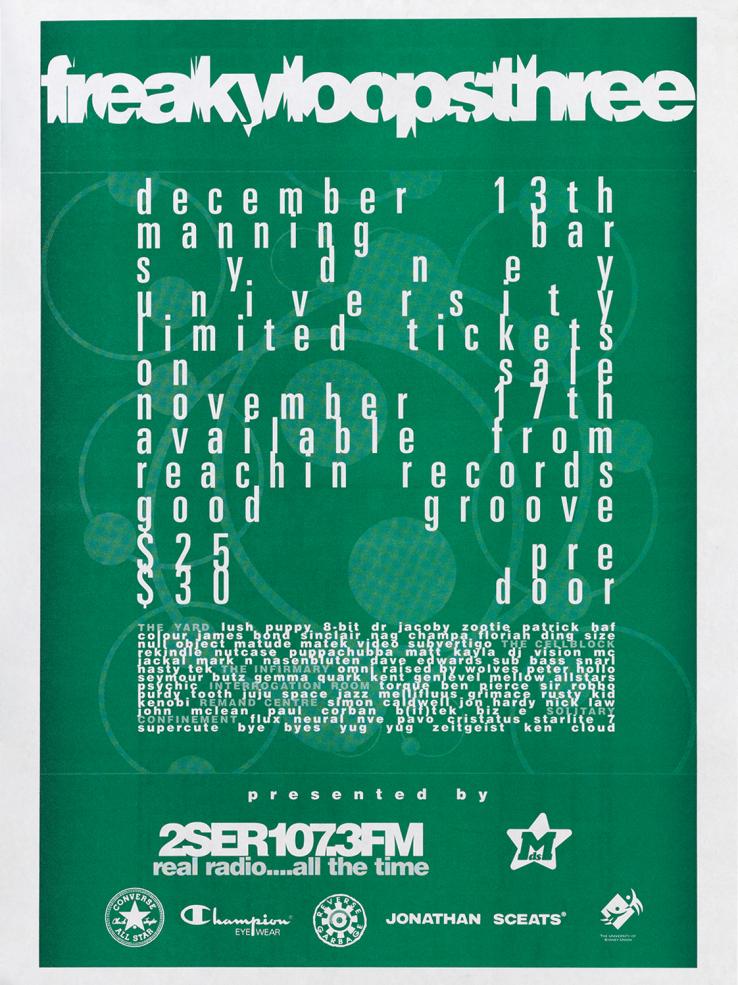
2SER began broadcasting as a community radio station in 1979 and has gone on to become one of Australia’s most successful and best known community stations. Along the way it has launched the careers of many successful broadcasters including Richard Kingsmill, Robbie Buck, Fenella Kernebone and Julie McCrossin. Freaky Loops was a series of dance parties hosted by 2SER in the late 1990s; at the time, they were the largest underground dance parties in Sydney. Proceeds from the events went to support the radio station, demonstrating the ongoing link between radio and live music.
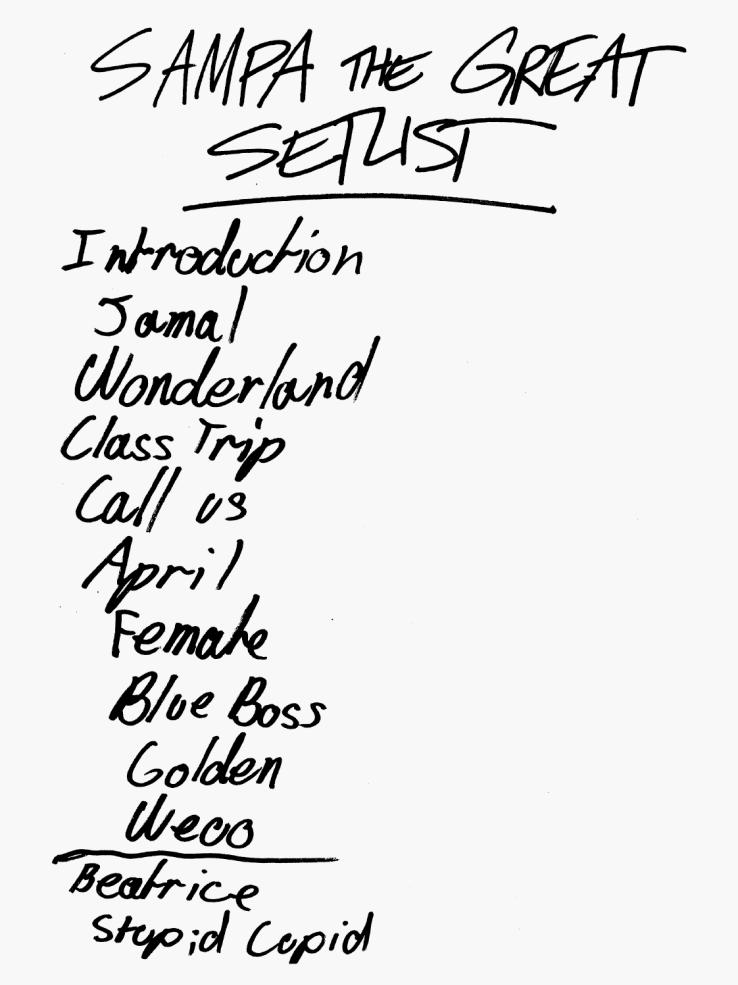
Radio has a long history in promoting live music both in studio and by advertising upcoming shows. Sampa the Great is a hugely successful Zambian rapper, singer and composer who exemplifies the growing diversity of Australia’s music scene. Radio, and especially community radio, has been pivotal in supporting live music and providing a platform for diversity and inclusion, helping to broaden and enrich our culture.
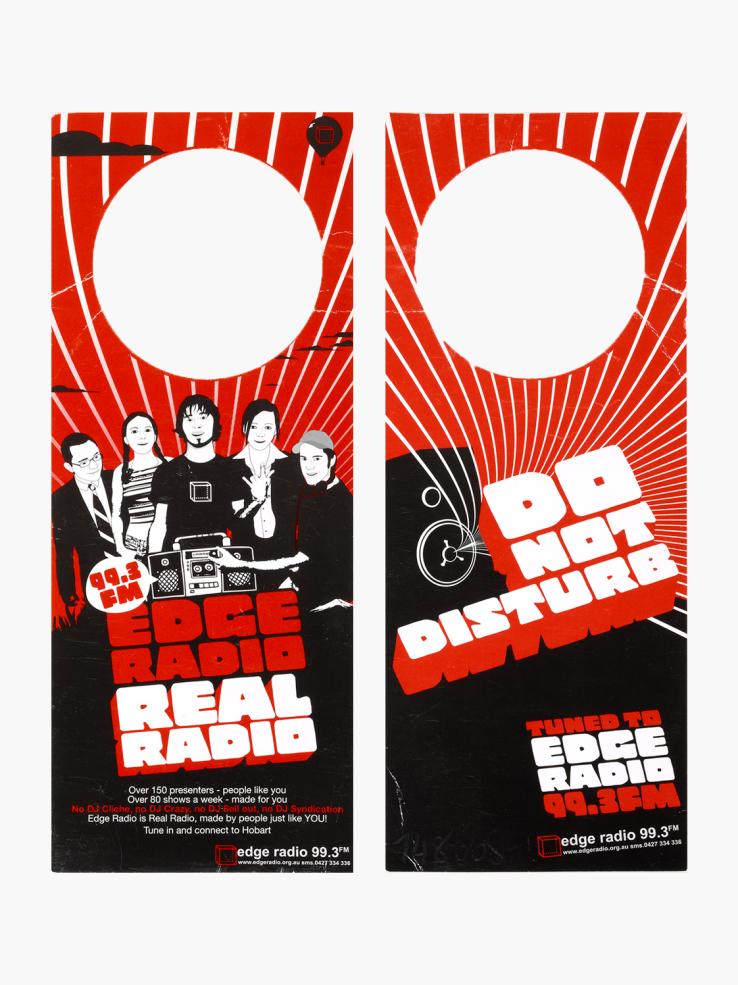
Edge Radio is a youth-oriented community station based in Hobart. Edge styles itself as Hobart's only youth station with a mix of content highlighting the diversity of its audience. The promotional ‘Do Not Disturb’ door hanger neatly aligns with its core youth market in an amusing way.
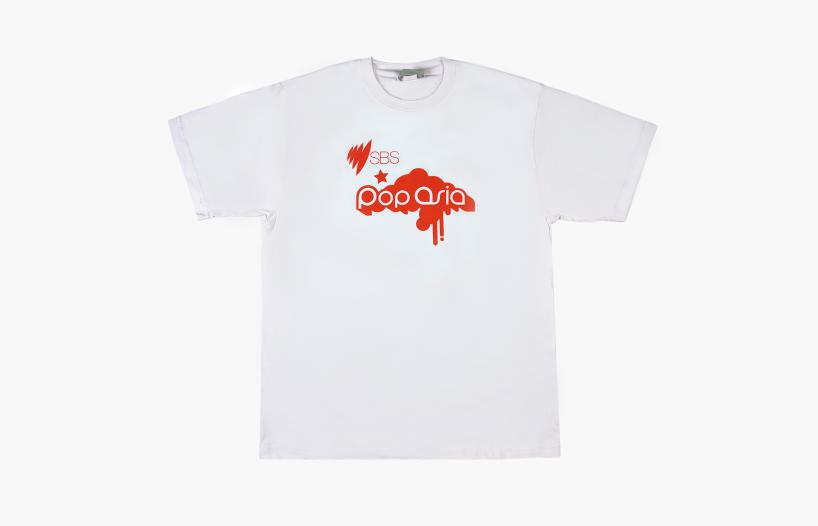
This white and orange t-shirt displays the logo for SBS’s popular digital radio station PopAsia, which broadcasts music from East Asia and South-East Asia. Since its beginnings in the mid-1970s, SBS has produced and expanded its reach, now broadcasting in more than 60 languages. The last decades have seen a substantial increase in the local audience for Asian content, reflecting the ever-changing multicultural nature of Australia.

As low-cost communication networks increased in the late 1990s, the term ‘globalisation’ was popularised. In this 2001 poster from Canberra community radio station 2XX, the text ‘think global, listen local’ reflects the tension of the time between an increasingly interconnected world and local communities. Today, there are over 450 community radio stations in Australia which use technology, such as online streaming, to connect communities globally.
Too soon for tomorrow: the story of BigFatRadio
Australia meets the new millennium in a mood of giddy optimism, fuelled by Olympic fever, the dot-com boom and a feeling the future had finally arrived. In this atmosphere, Chris Gilbey and a group of music and entrepreneurial cohorts hatch an idea: what if radio and the internet meet? BigFatRadio starts webcasting in April 2000, with some of triple j’s brightest graduates beta-testing new ideas and new tech in real time. The problem? Overshooting an Information Superhighway that is still very much under construction.
This is a little-known chapter in radio history, but its lessons are ripped straight from innovation’s grander narrative. BigFatRadio burned fast and bright, too early to fulfil its promise but uncannily predictive of what came next.
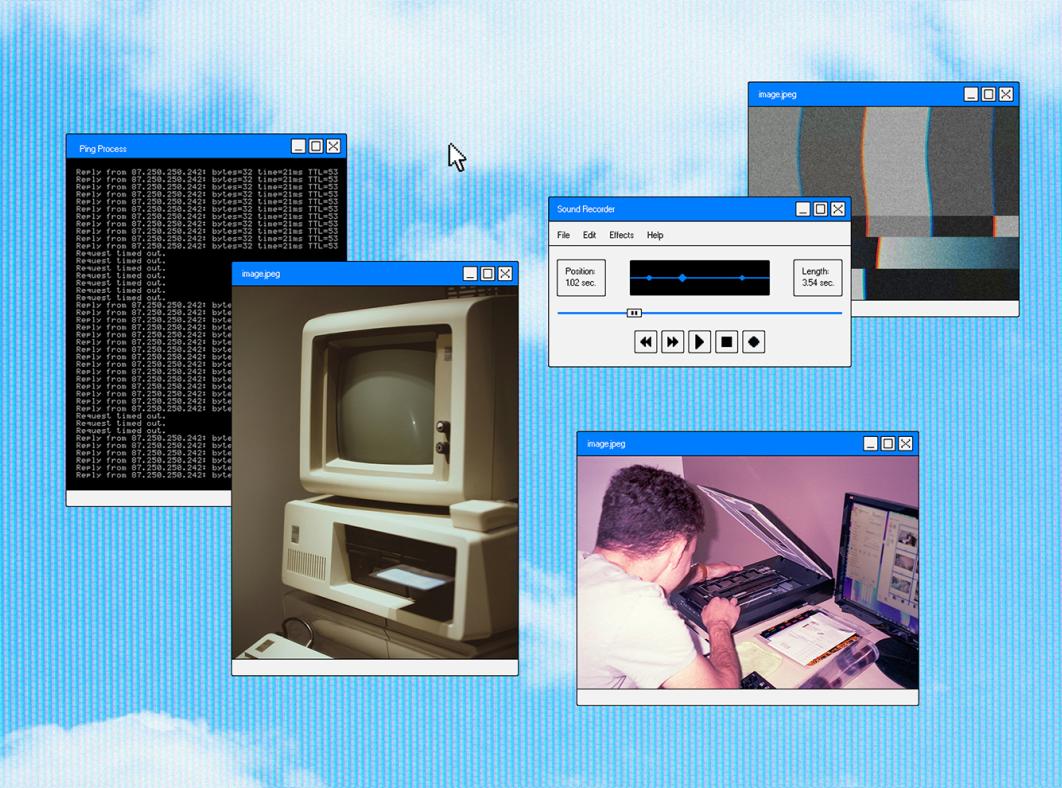
Let's Get Digital essential moments
Once a purely live medium, the introduction of digital radio and podcasts makes it possible to stream catch-up episodes and podcasts at our convenience, and connects us with favourite hosts, untold stories and unique perspectives.
Martin/Molloy was a popular, nationally syndicated comedy radio program broadcast to over 50 radio stations between 1995 and 1998.
Hosted by comedians Tony Martin and Mick Molloy, the program achieved record ratings and was hugely influential – Kaizen Media’s Dan Bradley told Radio Today in 2015, ‘Martin/Molloy was the first “talk” show on FM drive, and it was completely revolutionary... These days of course multi-personality-based FM Drive shows are the norm, but Martin/Molloy was the first.’
This interview with the popular radio duo Hamish Blake and Andy Lee on the podcast Game Changers was recorded just before the pair left radio to focus on television and podcasting in 2017.
First Nations writer-actors Nakkiah Lui and Miranda Tapsell introduce themselves and their podcast Pretty for an Aboriginal.
Coverage of the 2019–2020 bushfires, which features in the podcast From the Embers, demonstrates the longevity of radio as 'a trusted friend'.
Listen to the podcast episode: What's New is Old Again
If video didn’t kill the radio star, did the algorithm? Well, it’s complicated. In the finale of Who Listens to the Radio? we unravel the medium’s resilience amidst the internet and podcast revolution. Industry experts Benjamin Law, Wendy Harmer, Fenella Kernebone and Chris Gilbey reflect on radio’s remarkable 100-year evolution in Australia and ponder what the future might hold. What’s new is always old, after all.
In 1989, the World Wide Web makes its Australian debut.
On 23 June 1989, Australia connects to the global Information Superhighway, an early term of endearment for the internet. The University of Melbourne facilitates this international link, providing a mere 56 kilobits for the entire country – barely enough to stream a song today. Originally, this is the domain of computer scientists, but today, 99% of Australian adults are connected online.
Radio’s frenemy, the podcast, arrives on the scene.
Podcasts – a portmanteau of the words 'iPod' and 'broadcast' – soar with the release of the game-changing 2014 series Serial, which popularises the now-dominant true crime genre. Australia also made its mark with the global true crime hit Casefile. Starting as a spare room recording by an anonymous host, it has since charted in over 100 countries, boasting over 500 million downloads.
Interview with Let's Get Digital curator Jo McMahon
Podcasts and streaming have challenged conventional boundaries, making 'radio' a fluid term. Here, Radio 100 Curator Johanna McMahon takes stock of audio’s tech revolution: the inception of internet radio in the early 2000s, the unregulated nature of early dot-com platforms and the dissolving of geographic borders.
McMahon explores the rapid evolution of podcasts – from audio blogging to cultural phenomena, underscoring the urgency of preserving them from digital obsolescence. 'The misconception is that everything on the internet is there forever.'
Amidst accelerated change, Australia's love for audio is unwavering. In Radio 100's final chapter, we theorise why.
The great-grandchild of the transistor radio – MP3 players – become a part of life
Launching in the late '90s, MP3 players liberate users from radio schedules, offering hundreds of songs at their fingertips. Over the years, they evolve into smaller, more wearable devices like the iRiver S10 and iPods, laying the foundation for today's smartphones and music apps.
The ability to reach specific listeners and locations? Enter narrowcasting.
Narrowcast licences empower stations like Mood FM to connect with hyper-local audiences. While the geographical reach is confined, narrowcasting provides niche appeal and a diverse listening experience beyond generalised broadcasts. Still a favourite in Australia, tuning into 87.3 promises a different station based on your specific locality.
Let's Get Digital tech inspection
The boundaries between radio and online blur as the internet becomes a daily part of life – and our audio technology adapts.
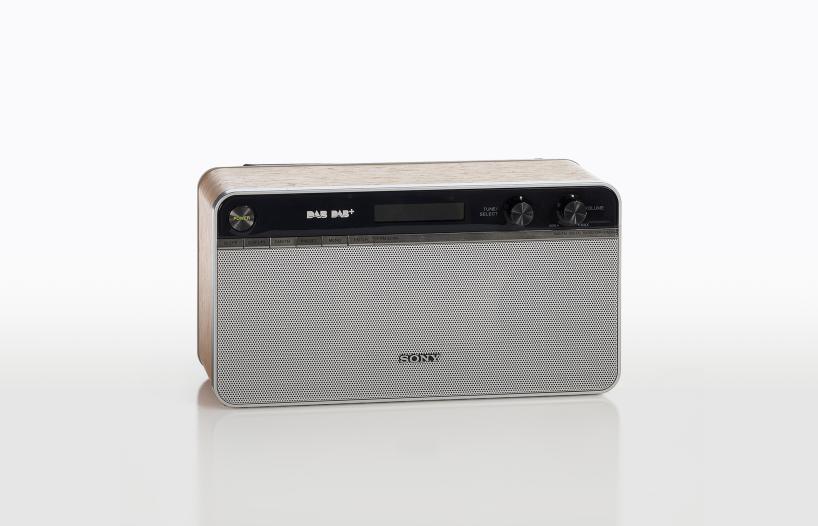
The Sony XDR-S16DBP digital clock radio shows the popularity of retro styling in the digital radio market – a trend which was prevalent from the beginning of digital radio and continues to the present. This radio's 20 presets across DAB and FM signals highlights both the sheer range of stations available and the ease of controlling and curating the listening experience for the owner.
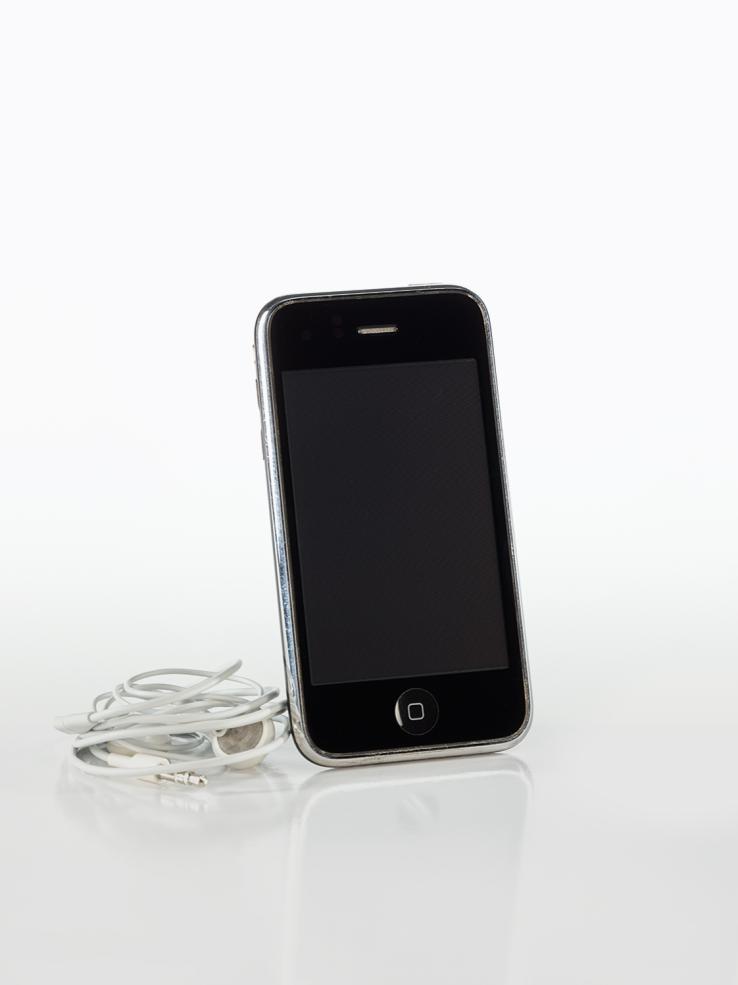
While early Apple iPhones used Broadcom chips, which were in theory able to process FM signals, Apple left the radio receiver functionality inactive. Nonetheless, smartphones ushered in a new era of listening to music and radio, and today apps enable integrated listening of radio, podcasts and music. The smartphone is now one of the most popular audio devices in use.
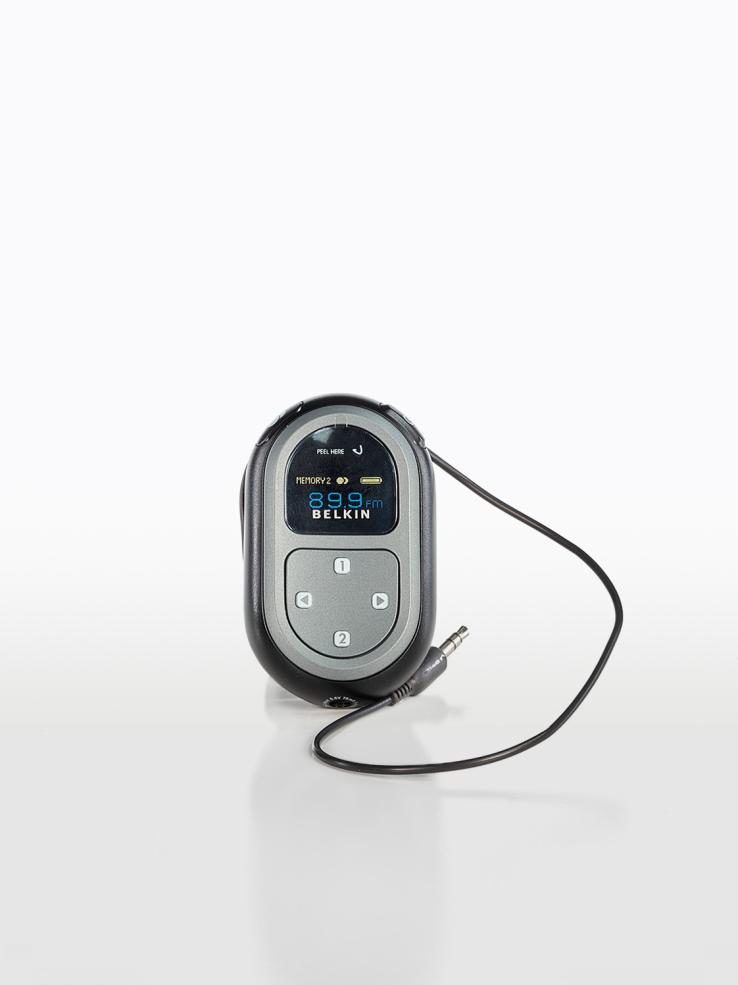
The sharp increase in new audio technologies resulted in a disconnect between existing older technology and the ever-changing new. This led to the need to retrofit or provide adapters so newer tech could be used in contexts such as older cars. This device allowed you to listen to an audio player, like an iPod or MP3 player, through your car radio by tuning into an unused radio frequency rather than having to buy and fit new equipment.
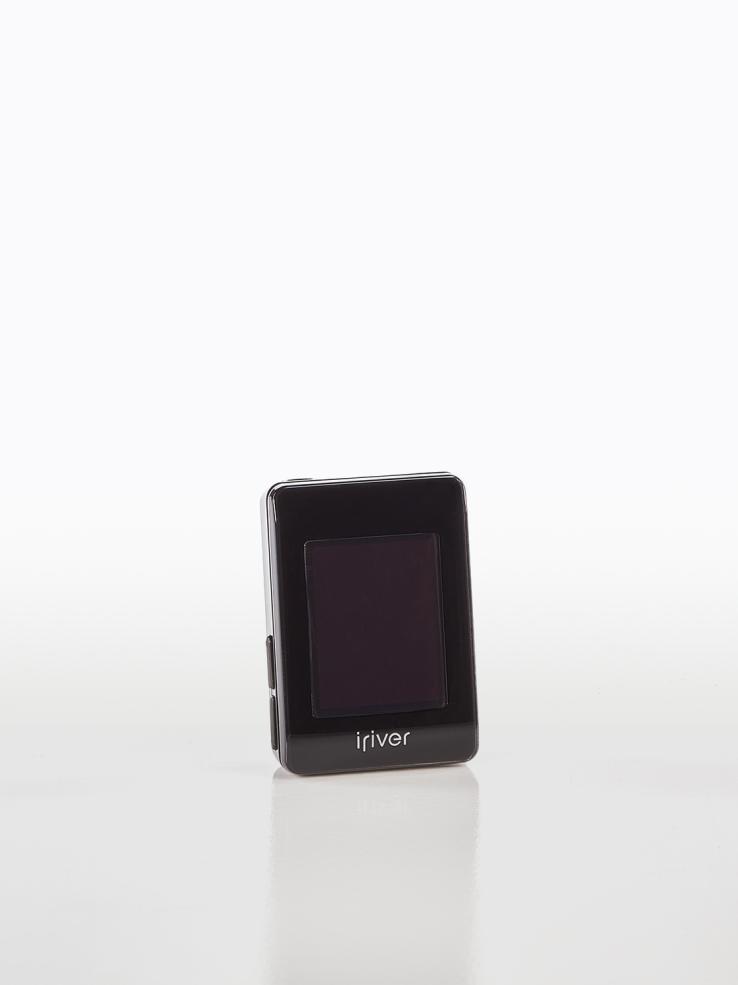
Released in 2007, the iRiver S10 continues the trend for playback devices to become ever smaller and more wearable. With an FM tuner featuring autoscan and presets and a built-in clock to schedule recording, it was an early example of giving the user more control of the listening experience and freeing content from the constraints of scheduling.

Released in 2002, the Pure Evoke-1 radio was one of the first affordable digital radios on the market. Its affordability helped digital radio take off in the UK and around the world. The design is both reminiscent of mid-20th century transistor radios and typical of the early 2000s with features like silver speaker grills. The radio offered interference-free sound, the selection of stations by name, auto-tuning features, and a scrolling text display of song information. For many listeners it would have been their first time using radio with this kind of technology.
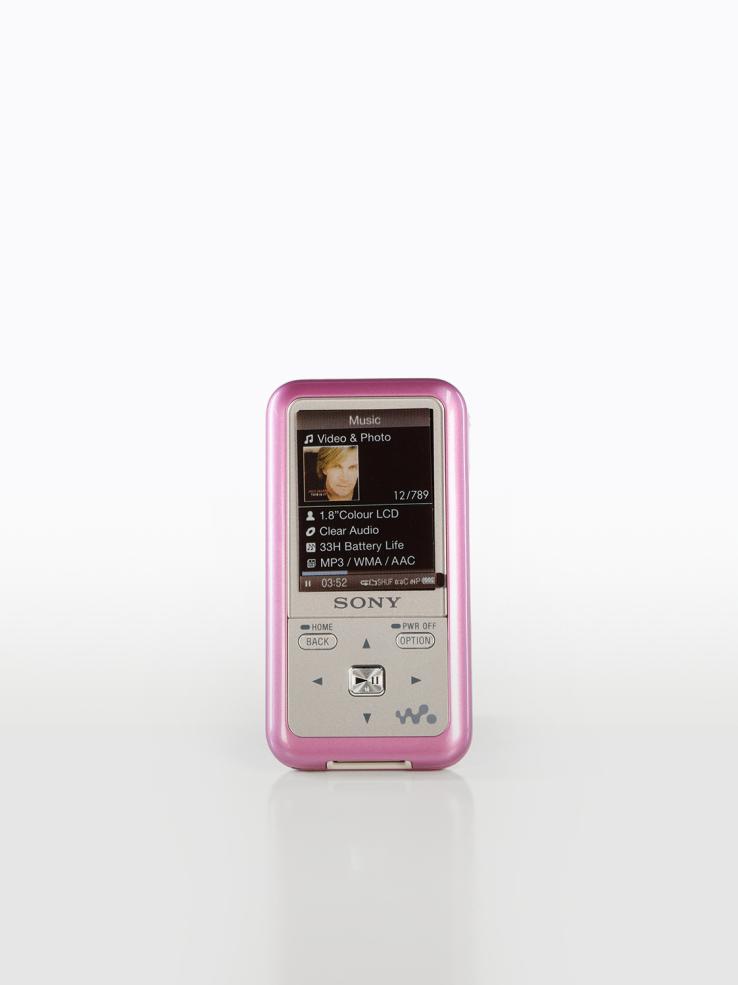
From its iconic original 1979 cassette Walkman, Sony has continued to use the brand for its portable music devices. In this Sony digital media player, originally released in October 2006, the headphone cord works as an antenna to pick up FM radio signals.
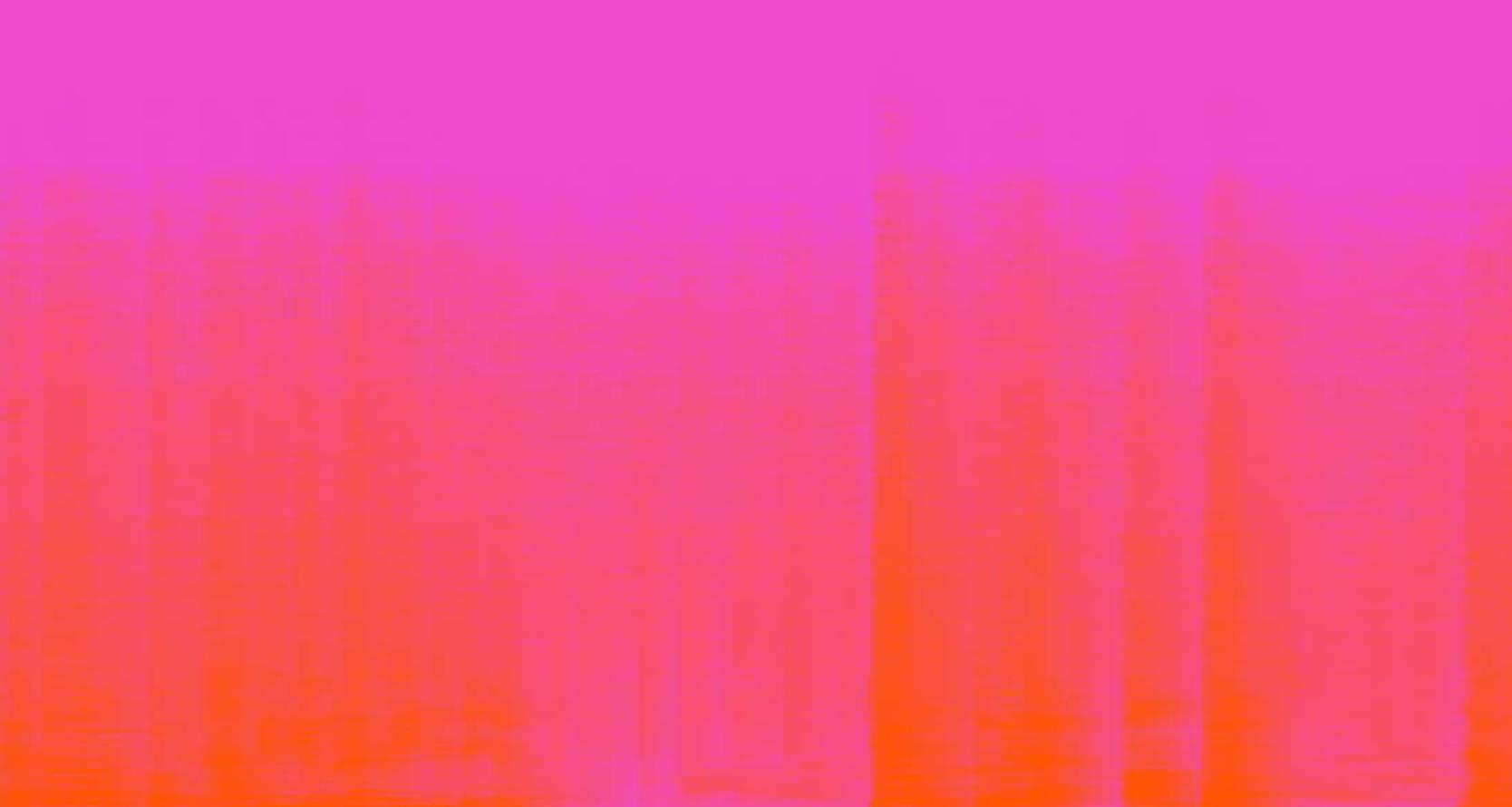
The National Film and Sound Archive of Australia acknowledges Australia’s Aboriginal and Torres Strait Islander peoples as the Traditional Custodians of the land on which we work and live and gives respect to their Elders both past and present.
